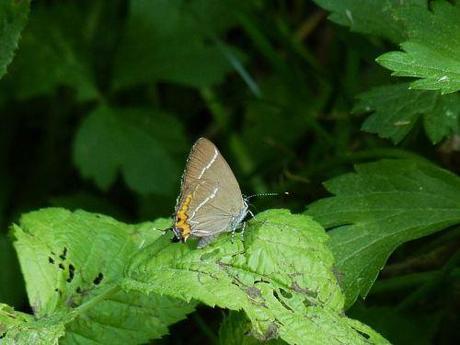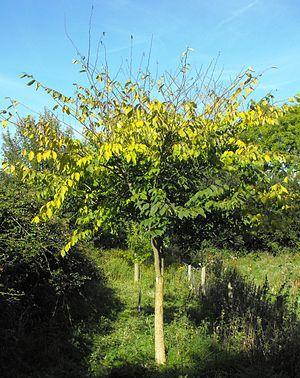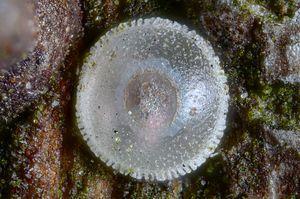I have a lovely butterfly book, inherited from my parents, dating back to 1968. The color illustrations are detailed and painstakingly drawn; the text simple and hopeful. Why hopeful? I think because the words the author uses pre-date some of the more recent significant changes we have seen in our landscape, particularly those affecting wildlife, and there is very little about habitat deterioration or reducing species numbers. The book makes you feel that, at the right time of year and in the right place, you could walk out the door on a sunny day and see every single butterfly species you might expect to see.
Turn instead to Butterfly Conservation’s most recent report on The State of the UK’s Butterflies (2011), and the picture is of course very different. Numbers of butterflies are reducing, with 75% of species showing a trend of a ten-year decrease, either in population numbers or distribution, with declining habitats suggested as a main cause. It’s a depressing picture, especially if butterflies have always been for you, like me, a joyful sight from spring through to autumn. Being very sensitive to environmental change, the problems we see in butterfly numbers are an indicator of all the wider issues adversely impacting our wildlife.
So, in the face of this, it is heartwarming and encouraging, and hopeful, when a species starts to make a comeback. And this time, it’s a Cornwall success story. The White-letter Hairstreak (Satyrium w-album) has not been seen this side of the Tamar for over 20 years, but it’s back! It even made the local news.

White-letter Hairstreak (License Creative Commons Attribution-ShareAlike 3.0 Unported)
The great news was announced at the Annual General Meeting of the Cornwall Branch of Butterfly Conservation (BC) last weekend (16th March). Cornwall BC had been looking into a re-introduction of the species, working together with national BC and two White-letter Hairstreak experts, Liz Goodyear and Andrew Middleton, who came down to Cornwall in February to do a survey for the butterfly (or rather, for its eggs) – a pre-requisite for a re-introduction scheme. And, hey presto, they found eggs! Just three, at two different sites in south-east Cornwall, but firm evidence the butterfly is here, and breeding.
How did it get here? There are some colonies across the Tamar in Devon, so they may possibly have arrived from there. Or it is not impossible that they have been clinging on in Cornwall, in very small numbers, but unfound, even though experts have been looking over the years – this is a fairly cryptic species.

English: Photo of David Elm afflicted by Dutch Elm disease taken at Great Fontley, UK. (Photo credit: Wikipedia)
As well as suffering from some of the same issues as other butterfly species, the White-letter Hairstreak has had one specific, but very major, problem. The one and only food plant of its caterpillars is elm trees and, of course, elm trees in the UK suffered devastation in the 1960s and 1970s from the beetle-carried Dutch Elm disease. And that meant all the species associated with elms, like the White-letters, also suffered badly.
Not only did they reduce in numbers along with the elms, but White-letter Hairstreaks are a small butterfly, with a wingspan of about 3.5 cm, they are mainly brown (although their underwing patterning is lovely up close, with orange edges and the white banding that gives them their name), and they live mainly, and often in small colonies, in the tops of their host trees. This is why they are spectacular not so much for their looks as for being difficult to find.
The adults are flying from the end of June through to August, feeding on honeydew in the tops of the elms. The best chance (still not good) of seeing their pretty pirouetting flight from the ground is early in the day or in late afternoon when they sometimes come down to nectar on flowers, in particular their favorite privet and bramble. My 1968 book suggests standing under a host elm and looking up, to catch sight of the fully-grown caterpillars silhouetted against the leaves – definitely written when they were more numerous!

Egg (after hatching) of the butterfly Satyrium w-album on an elm (Ulmus sp.) twig Scale : egg width = 1mm (Photo credit: Wikipedia)
The eggs are laid singly, usually at the scar marking the join between old and new growth of the twig. They look a bit like flying saucers, and you’d have to be an expert to spot them with the naked eye. The caterpillars emerge between late-March and June, a timing that coincides with the emergence of the elm flowerbuds on which they feed before moving to the leaves. They pupate, attached by a single silk girdle, between May and July, and adults can be seen from June.
Nationally, there is some evidence that White-letter Hairstreaks have been increasing, though it is difficult to separate actual increase from increased recording effort. They remain nonetheless a priority species under the UK’s Biodiversity Action Plan, and this is why it is so special to find them back here in Cornwall. Here’s hoping they go on to make a good recovery.
Cornwall Butterfly Conservation members will be surveying elms for White-letters later in the summer. If you’d like to help with the search, contact them via their website here – they’d love to have as many people involved in this exciting project as possible.
References
Butterfly Conservation 2011. The State of the UK’s Butterflies, 2011. Butterfly Conservation, Lulworth, Dorset.
Mansell E, Newman LH 1968. The Complete British Butterflies in Colour. Ebury Press, London.
Links
White-letter Hairstreak: priority species factsheet
Cornwall Butterfly Conservation website

